Leisure Batteries: How to look after them
Sammy Faircloth reveals the importance of looking after your leisure battery.
Choosing a reliable leisure battery is not always as simple as it sounds. Here’s some useful advice to help you make an informed decision.
Why do I need a battery in my caravan?
A caravan’s leisure battery does two jobs. Firstly, it supplies 12V DC electricity to run your caravan accessories. Secondly, if you’re coupled-up to a mains supply, it smooths out irregularities in the 12V power produced by a caravan charger.
When turning on an electrical appliance, the power can spike and could cause damage, and therefore this needs to be controlled.
If your caravan has solar panels, you will also need a battery to store any electricity generated (for later use), and if you have a motor mover this needs a substantial battery power source to operate, as using a mains supply can damage your power supply unit (PSU).
Furthermore, many caravans now have alarms and trackers which all need a constant power supply.
So even if you never have any intention of going off-grid, I hope we have established the need for a battery in your caravan.
What is a leisure battery and why is it different to a car battery?
There is a significant difference between a pure leisure battery and most standard lead-acid batteries (some of which are sold and labelled as leisure batteries).
The National Caravan Council (NCC) scheme, which will be discussed later in this article, categorises batteries by performance and is the only guide out there. In simple terms, the A and B categories are the only ones which should be expected to perform for any length of time.
In 2013, a test was carried out (and witnessed by The Caravan & Motorhome Club and others) on nine batteries, with the expected result being when the batteries were cut open three out of nine would adhere to the leisure specification.
To everyone’s amazement, including the tester, only one proved to be a legitimate leisure product. Most were not a surprise, but two were well-known manufacturers who had used a starter battery (used for cars) and relabelled it!
So, what is the difference and why does it alter the performance? This gets a bit technical, but it's important to understand the fundamental differences. At first glance, the batteries look very similar.
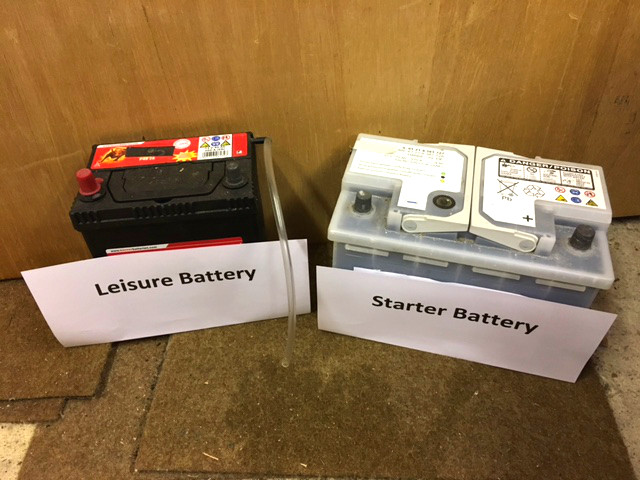
Photo: Starter batteries and Leisure batteries are very similar on the outside
Internally, the flat battery plates used in both batteries are similar. A starter battery uses numerous thin plates to achieve the performance required to start a vehicle, whereas the plates in a leisure battery are roughly three times thicker, and the lead oxide it is coated in is a different mix.
The plate’s separators which keep them apart are similar, but the leisure battery is lined inside with a sheet of fibreglass packing, designed to maintain the lead oxide in place when the battery is cycled (discharged).
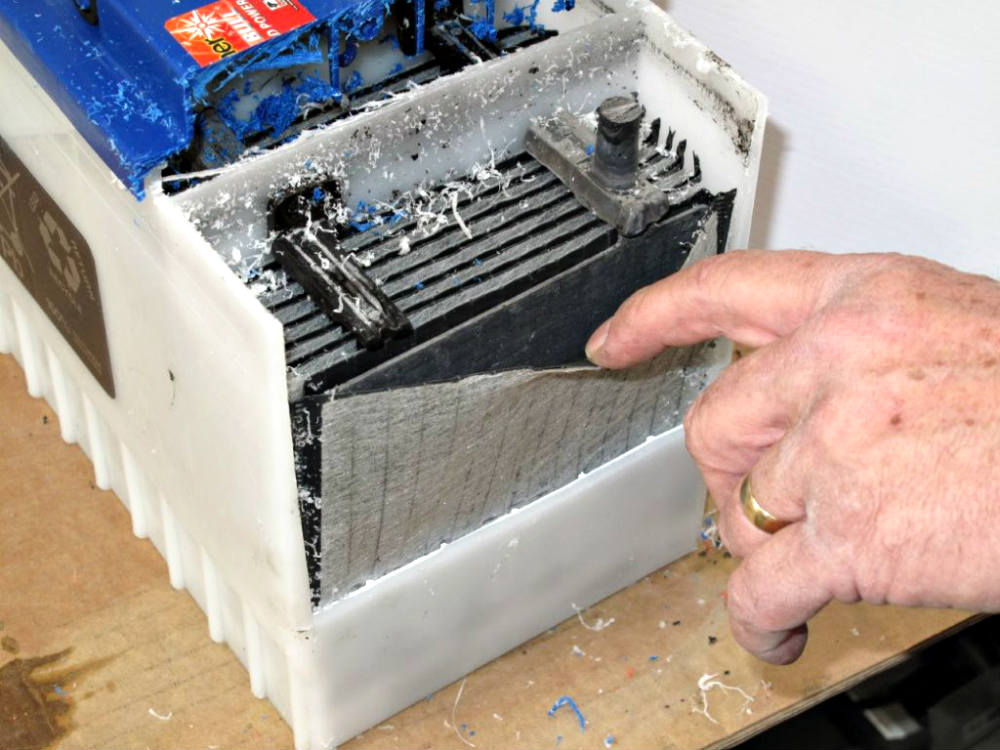
Photo: This cut-through of a leisure battery shows the thick lead plates separated by a sheet of fibreglass packing
Starter batteries use the term Cold Cranking Amps (CCA) on their label, which is a rating used in the battery industry to define a battery’s ability to start an engine in cold temperatures.
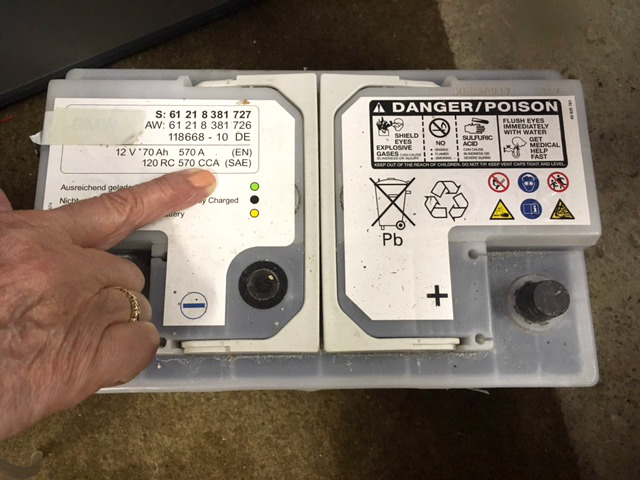
Photo: You measure a starter battery's performance in CCA
A pure leisure battery doesn't show CCA, just ampere-hour (Ah) capacity as it is not intended to produce the brief and intense release of power necessary to start a vehicle.
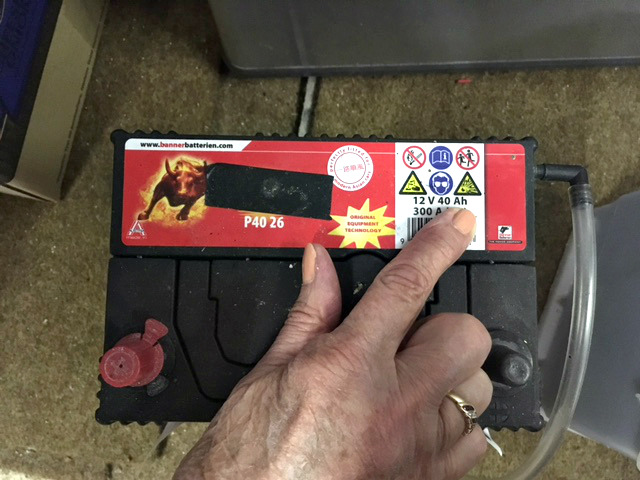
Photo: You measure a leisure battery's performance in Ah
Are all leisure batteries the same?
Setting aside the fundamental differences between starter and leisure batteries, as with other batteries, there is a broad range of types available which can be confusing to many caravanners.
The following terms are used to describe different cell constructions:
Sealed battery – Sometimes described as ‘maintenance free’ these batteries cannot be accessed for maintenance because the casing doesn’t allow entry. They aren’t totally sealed, as manufacturers provide a vent for gas escape. Tipping the battery will allow acid to escape (AGM is the exception to this. See below).
Open battery - Can be accessed for maintenance, which will prolong their life. Access is usually through screw-in vents for which special tools should be used to prevent damage.
Deep Cycle Battery – The battery is built in a similar way to an Open battery. It is designed to be regularly, deeply discharged using most of its capacity.
Dual Purpose Battery - A battery designed to start and cycle which means a compromise. There are good examples of this, but I suspect the ones currently marketed are just starter batteries with a different label.
New Developments in Batteries
In recent years there have been significant advances in battery development incorporating new technologies:
Absorbed Glass Matt (AGM) - All the above batteries are known as wet or flooded batteries. However, the AGM is different. It incorporates an Absorbed Glass Matt, which denotes its type of separator.
The build of the battery looks identical to the flooded battery, but the separators between each plate are a fine, white fibreglass material which feels similar to and has the same function as blotting paper - to soak up and retain the electrolyte (acid).
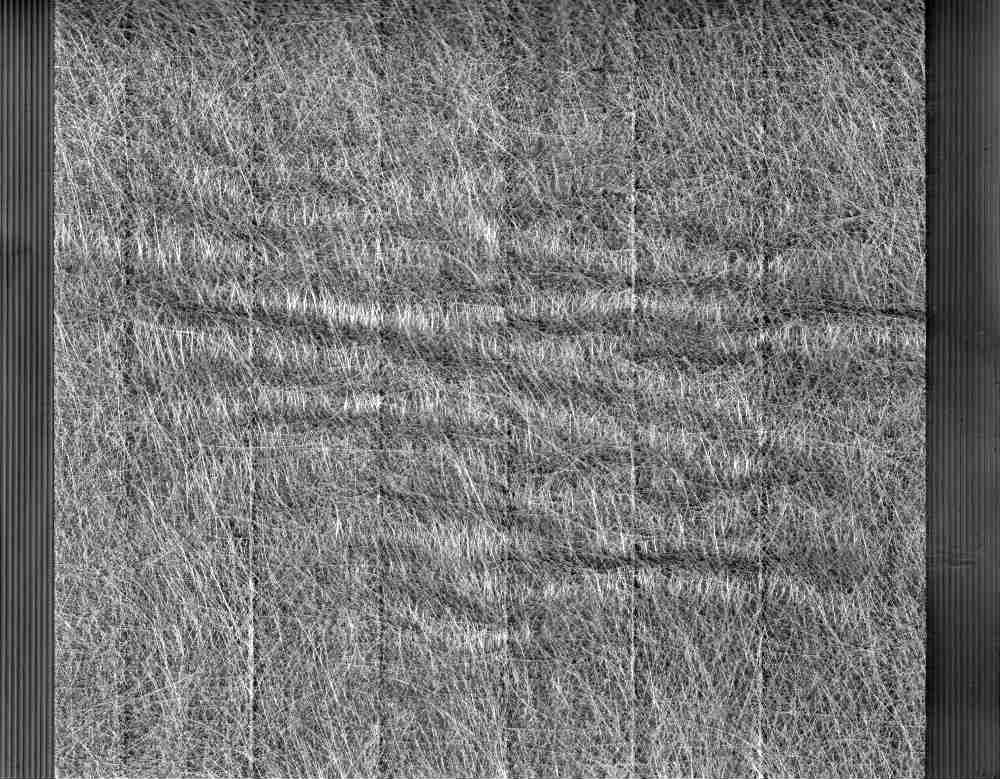
Photo: AGM leisure batteries have a fine, white fibreglass material between the plates and act like blotting paper, soaking up the electrolyte
The manufacturer seals the battery before charging, and you must never open it. The benefits of this battery against wet ones are a longer life; better starting performance (ideal for movers) and they are totally spill-proof. However, they are very costly and can be around double the price of a standard wet leisure battery.
Gel battery – They use a gelified electrolyte, and you do not need to keep them upright. Gel batteries are seldom used now, very expensive, at around double the price of an AGM. They have a poor starting performance (for movers), but excellent on durability with about twice the longevity of an AGM battery.
Lithium battery – These batteries are very lightweight, compact and very powerful. It is even possible for some to come with Bluetooth so that you can check the status of the battery on a Smartphone.
The claimed performance levels for Lithium are excellent, however as they are still relatively new, longevity is unproven, and they are very expensive.
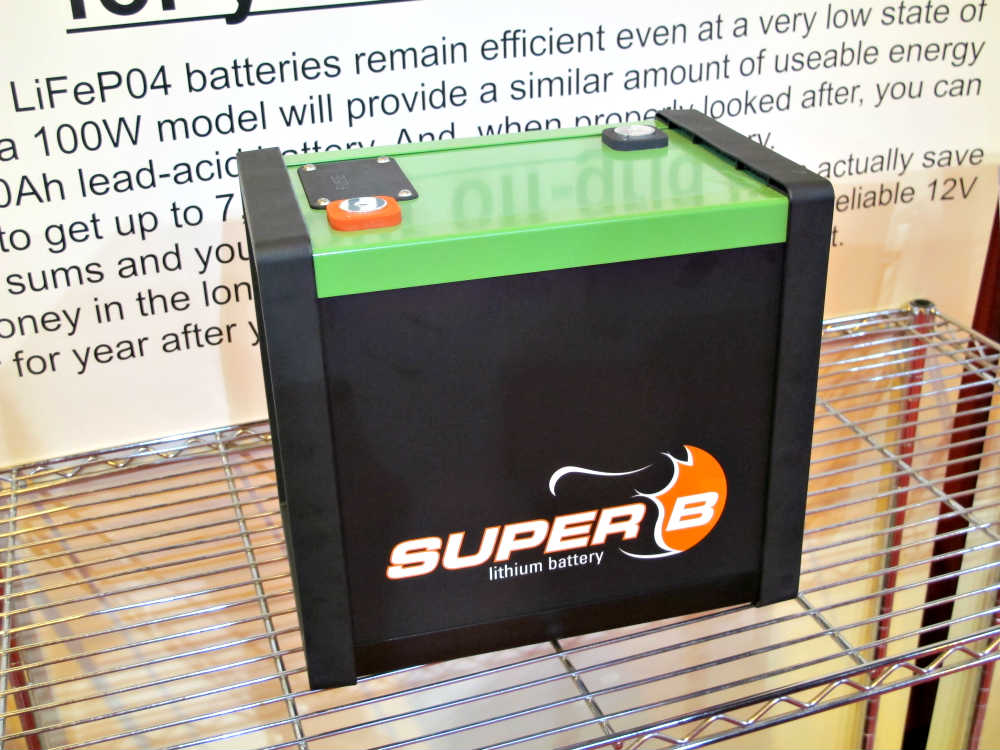
Photo: AGM leisure batteries have a fine, white fibreglass material between the plates and act like blotting paper, soaking up the electrolyte
What size battery do I need?
To determine the correct size battery for your caravan you need first to consider how you intend to use it. Do you always use mains hook-up or do you occasionally go off-grid? Or are you always off-grid and entirely reliant on your battery when away? Also, how frequently do you use your caravan?
For example, if you have a 50ah battery and found it lasted for 200 recharging cycles. If you then replace it with a 100ah unit, you would expect (if it did the same amount of work) to get 400 cycles, but, in fact, you are likely to achieve 800 cycles.
The reason is the cycle depth is much shallower, so life expectancy is much longer. The deeper the discharge, the shorter the life
Recommended Capacities

This example needs a minimum 68 ah battery. To calculate watts to amps divide by volts. i.e: 48 watts divided by 12 volts = 4 amps
National Caravan Council (NCC) Verified Battery Scheme
Several organisations in the caravan industry are, for some time, concerned about the lack of control and awareness regarding battery quality and the potential for product misrepresentation.
The NCC introduced a scheme in 2016 to grade leisure batteries. The key objective of this initiative was to assist consumers in making an informed choice on the type of battery that would best suit their caravanning needs.
Following a comprehensive testing process by appropriately certified establishments, experts divided leisure batteries into three categories:
Category A – these are for people who frequently use their caravan without electrical hook-up.
Category B – aimed at those that regularly use sites with electrical hook-up facilities, but require a greater battery capacity to run items such as motor movers.
Category C – aimed at those who only need the basic operation of their habitation equipment for short periods away from electrical hook-up.
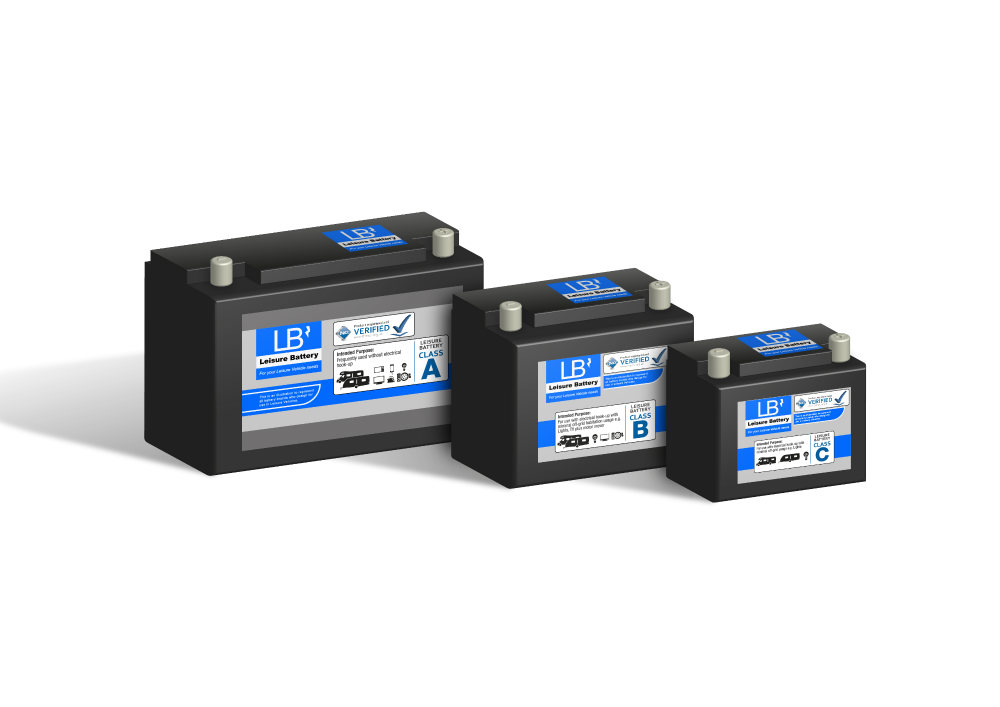
Photo courtesy of the NCC’ under the photo: The National Caravan Council categorised leisure batteries to help consumers select the right battery for their needs.
For further assistance in choosing the right battery for your caravanning needs, go to the National Caravan Council website.
How to maintain your battery in peak performance
One of the most crucial factors in extending your battery’s life is not leaving it in a discharged state. When you are on a site with electrical hook-up, the battery will be charged using the onboard charger.
On returning home from a weekend or rally off-grid, it is vital to recharge the battery as soon as possible, and you MUST NOT leave it in a discharged state. Recharge fully for next use and keep fully charged.
Be aware that small electrical items in your caravan such as the aerial booster, stereo and alarms/trackers may drain the battery over time if left on.
If your battery is a sealed or ‘maintenance free’, with non-removable vents, then there is little you can do in the way of maintenance. Keep it charged and check the state of charge periodically using a digital multi-meter. Clean the terminals and coat in petroleum jelly or WD40.
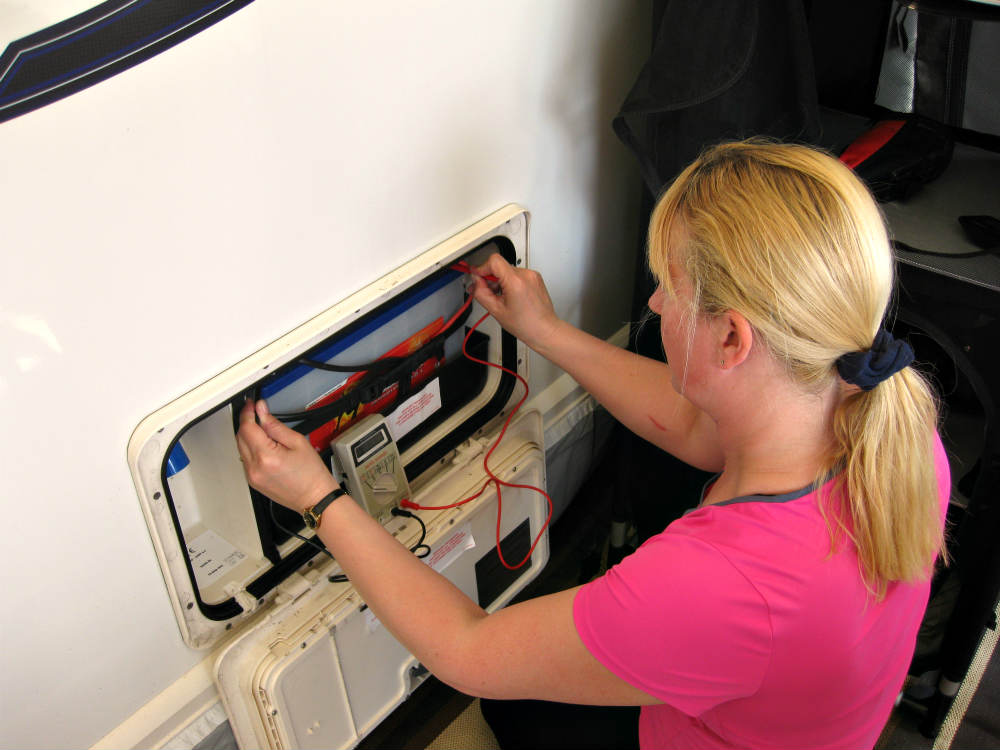
Photo 9: Invest in a digital multi-meter to check the state of charge of your leisure battery
If your battery is an open type and has removable vents, check at the beginning and end of the season for water usage. Remove the vents with a special tool or find a wide screwdriver being careful not to damage the slots.
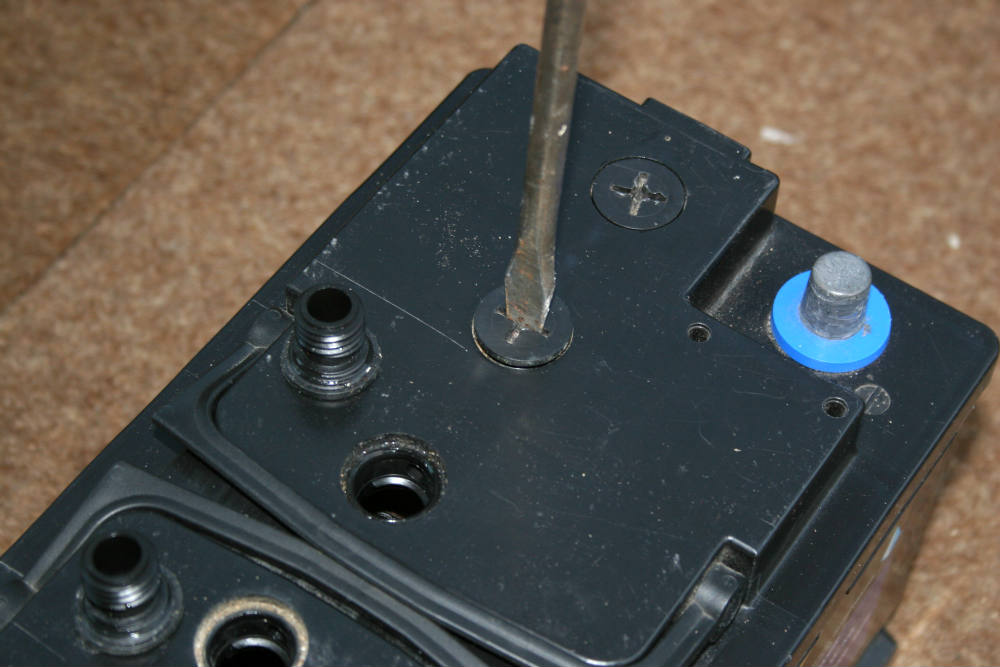
Photo: Use a wide screwdriver to remove the vents
The electrolyte should cover the plates by about 15mm and if not, then add deionised water. Proper leisure batteries use water quicker than starter batteries because of the alloys used in the plates.
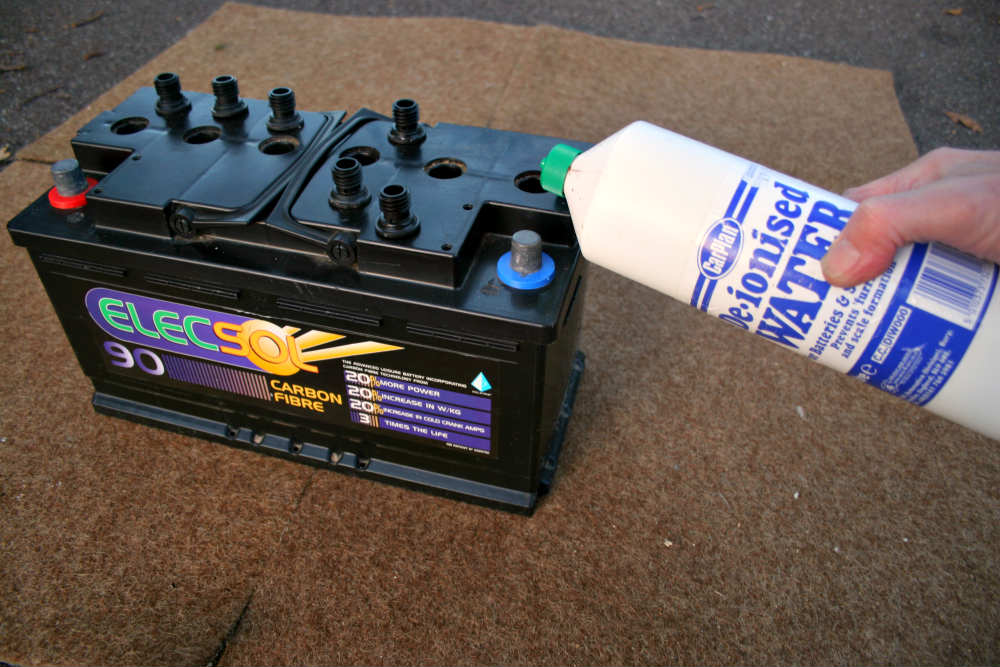
Photo: Add deionised water if the acid levels drop below the top of the lead plates
During winter or long periods of storage, you need to keep the battery charged up. If it is allowed to go flat, it will be useless by the spring, as a chemical reaction takes place called sulphation, which is irreversible unless caught early and only then can it be repaired with specialist equipment.
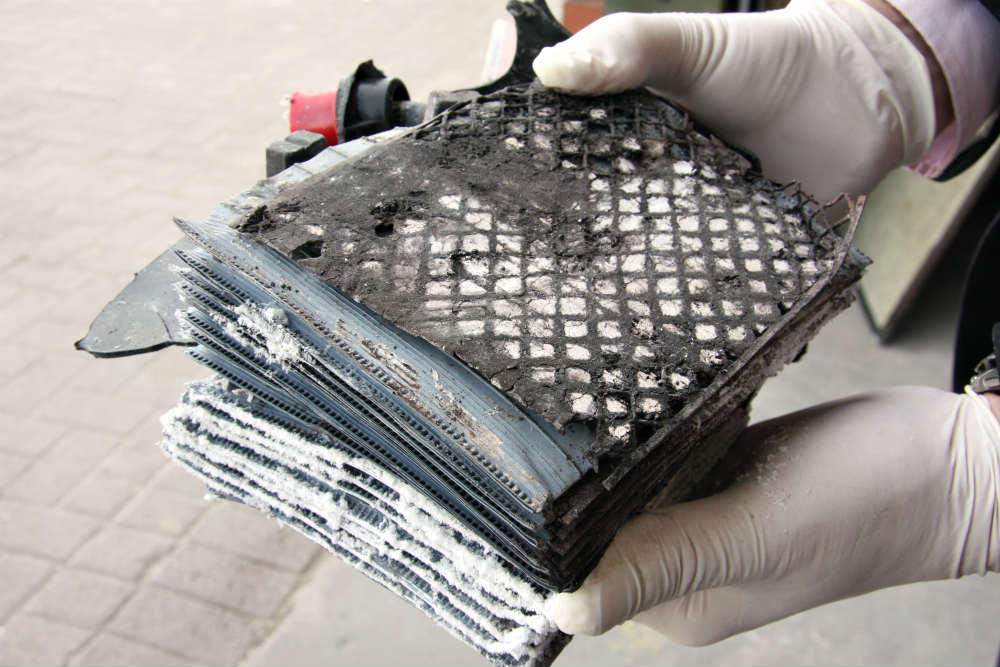
Photo: If a battery is left discharged, then white sulphate deposits form which render it useless
If you store your caravan on your driveway, it is easy to plug it into a mains supply from the garage/house. However, if you use a storage site and there is no access to an electricity supply, then it is advisable to invest in a solar pulse charge system.
Milenco Optimate Solar Charge is the perfect solution, offering a long charging lead from the solar panel on the roof down to the battery box connection even with the cover on. I have used one of these over the last winter period, and it has maintained my battery perfectly.
.jpg)
Photo: Use a Solar Charge Pulse System to keep your battery charged up when there is no mains supply available
Alternatively, if your van’s alarm/tracker doesn’t need it, remove the battery and keep it charged at home. DO NOT leave batteries on charge for extended periods of time because a wet battery can ‘gas’ and AGM batteries can dry out. Both can be irreparably damaged.
Also, dependent on the make of caravan, different chargers may be fitted. Users find that some chargers tend to charge too high, thus drying out the battery, while others may charge too little.
A three-stage charger can be fitted to prevent your leisure battery from over-charging. All good quality three-stage battery chargers have programs for standard lead-acid, sealed lead acid, gel battery, AGM batteries, etc. A few feature settings for lithium-ion batteries that have a full inbuilt battery management system.








Recent Updates
Caravan showers: all you need to know
In this guide, we’ll discuss the different types of showers, how they work, and how to fit an external shower point to your caravan ...
Caravan towing: all you need to know
Towing a caravan may seem daunting initially, but a few simple tips can make the journey enjoyable and ...
All you need to know about towbars & towballs
Flange, detachable, swan neck, retractable – towbar technology choice is bewildering. Don’t worry. We’ll ...
Caravan WiFi: everything you need to know
Caravan holidays are the ultimate way of getting away from it all, although we sometimes need a link to the ...
Caravan insurance: all you need to know
Navigating the world of caravan insurance can feel like a daunting task. Fear not, as this comprehensive ...
Buying a caravan: what you need to know
Let us guide you through some of the complicated things to think about when first looking at buying a ...
Caravan awnings: a buyers' guide
Caravan awnings are a fantastic addition to any caravan as they are one of the simplest, quickest and most ...
Caravan electrics: avoid tripping out
All caravan owners have overloaded their mains supply at some time. Here’s how to master caravan electrics ...
Caravan heating systems: a quick guide to caravanning warmth
When winter is here, you’ll be glad of a decent caravan heating system if you’re out touring. Here’s how the ...
Caravan damp: a complete guide
There's little more guaranteed to strike fear into the heart of a caravan owner than the word 'damp'. But if ...
Other Articles
Caravan jockey wheels: the definitive guide
A well-functioning caravan jockey wheel can make all the difference to manoeuvring away from the towcar, especially if you don't have a caravan mover ...
Caravan cooking recipes
Caravan cookery inspirational ideas. No need to stress out in the kitchen with these quick and easy ...
Caravan bike racks: a complete guide
Exploring the beautiful surroundings while on a caravan trip is undeniably one of the greatest joys of the ...
Caravan solar panels: all you need to know
Whether you dream of roaming off-grid or just fancy reducing your carbon footprint, fitting solar panels to ...
The ultimate guide to caravan layouts
Choosing the right layout or floorplan of your caravan is an all-important part of the buying process – find ...
A guide to seasonal caravan pitches
Our in-depth guide to finding and securing seasonal caravan pitches on your favourite campsite ...
Caravan weights and payloads: a quick guide
The terminology of caravan weight – MIRO, MTPLM, noseweight, kerbweight, payload, weight plate upgrade – is ...
The ultimate guide to caravan motor movers
Caravan motor movers: everything you need to know about remote control caravan manoeuvring ...
Caravan cleaning: All you need to know
Whether you’re taking the caravan out for the first time or it’s just in need of a spruce up, our guide will ...
18 essential items for camping with your dog
Camping is for the whole family – including our four-legged members. Here's what you'll need to keep your dog ...